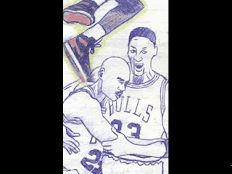12 December 2008
Burial (Dra)
The burial of a chief differed considerably from that of ordinary men. After the announcement of a chief's death, no one was allowed to wail because it was feared that the corpse might turn into a lion or a leopard and attack the people. Therefore, prior to the chief's burial, mourners would weep quietly. A bull was slaughtered for the mourners and its hide was used to wrap the corpse. The burial was in the middle of the night and the body would be placed in the grave with the head pointed northwards towards Mt. Liru where the Lugbara believed they originated. After burial, a sorrowful song would be sung and mourners wailed plus danced. A bark cloth tree (laru) would be planted on the grave. Food would be served during part of the mourning. The parternal relatives of the late Opi (chief) would give avuti (death duty in the form of a bull) to the chief's maternal relatives. The burial procedure for ordinary people was similar to that for a chief except that in the event of the death of an ordinary person, mourners were allowed to wail immediately after the death without fear that the corpse may turn into a lion or leopard. Besides the laru was not usually planted on the grave. At all burials, the adi (testimonies or traditional history) of the deceased was recounted and funeral dances were compulsory. The women used to put ashes and mud on the head as a sign of mourning at the funeral ceremonies.



